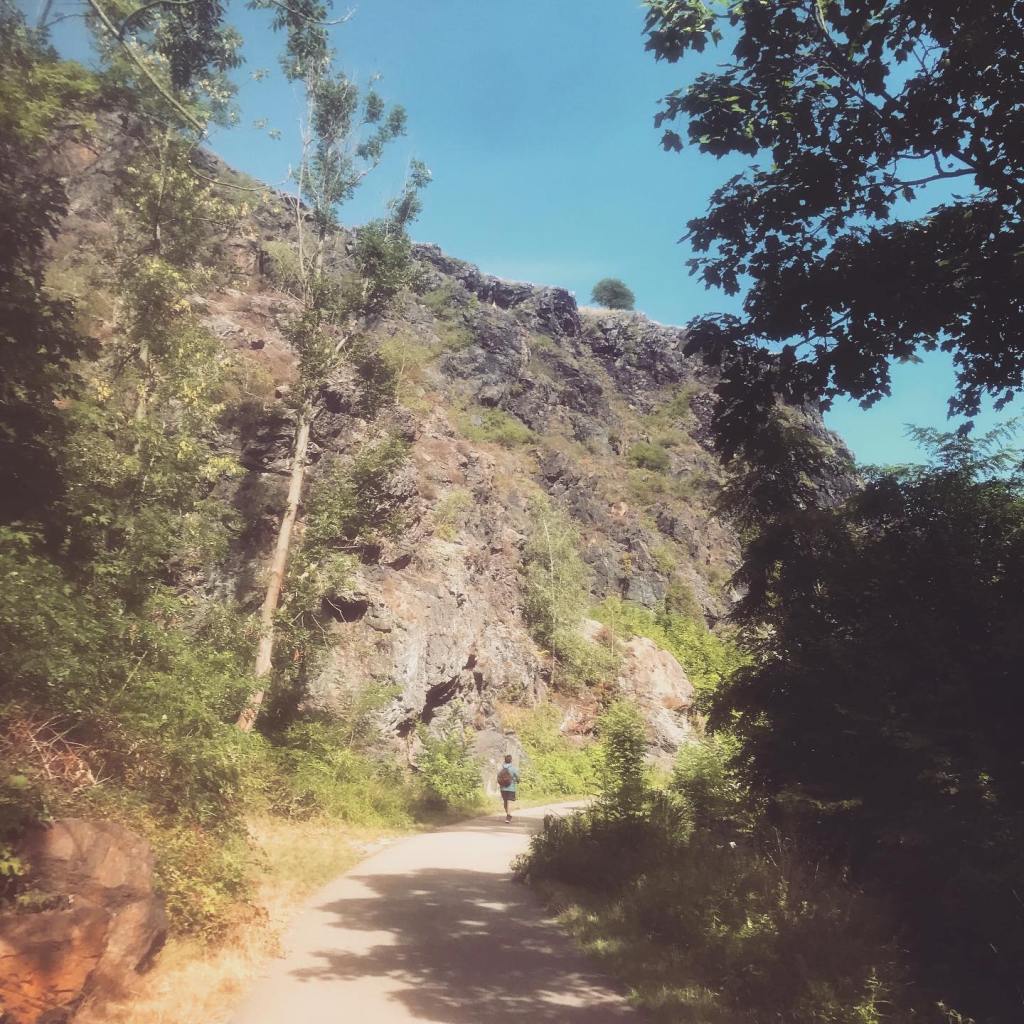
I met Libuše and Sarka nine years ago. I lived in Prague for a year, because I was enrolled in a vocational training in film making, with focus on video editing and script writing. My final project had ecofeminist themes and I went location scouting. That is how I, toward the end of my stay, discovered Divoká šárka, a nature reserve in Prague itself, and the legend. I was immediately hooked, because the Amazon warrior theme was already growing in a new story project. In the same time, the opera house performed also Bedfich Smetana’s version, immersing me more. However, when I left Prague, I knew I had to find more time to come back and work more with this story. Most persons that retold this legend are all men, in books or in operas: like e.g. Cosmas of Prague, Julius Zeyer and Alois Jirasek. Of course, there are mentions in books, like “warrors, witches and women” by Kate Hodges, but not many women have worked with this story – or at least there is no international translation. Nine years later I was invited for a training in landscape (reading) outside Prague and returned to this inspiring city. I added some holidays to it, to roam around in the city, find some motives, for a rewilded retelling.
Libuše’s vision
More than 1500 years ago, there was a king – perhaps the first king the Czechs ever had- and who had three daughters. All these 3 daughters had special gifts. Kazi was the healer. According to Cosmos of Prague, the first one who wrote about them (in the 11th century), Kazi “did not compete with Medea of Colchis in the knowledge of herbs and oracles, nor with Asclepius in the medical art, since she often caused the Judges to stop their unfinished work and made even fate follow her will by magic. That is why even the inhabitants of this country, when something is destroyed and give up hope of ever having it again, have a saying about it “Not even a Kazi can fix it.” “
Tati was a priestess and could talk to spirits. About her, they wrote less.
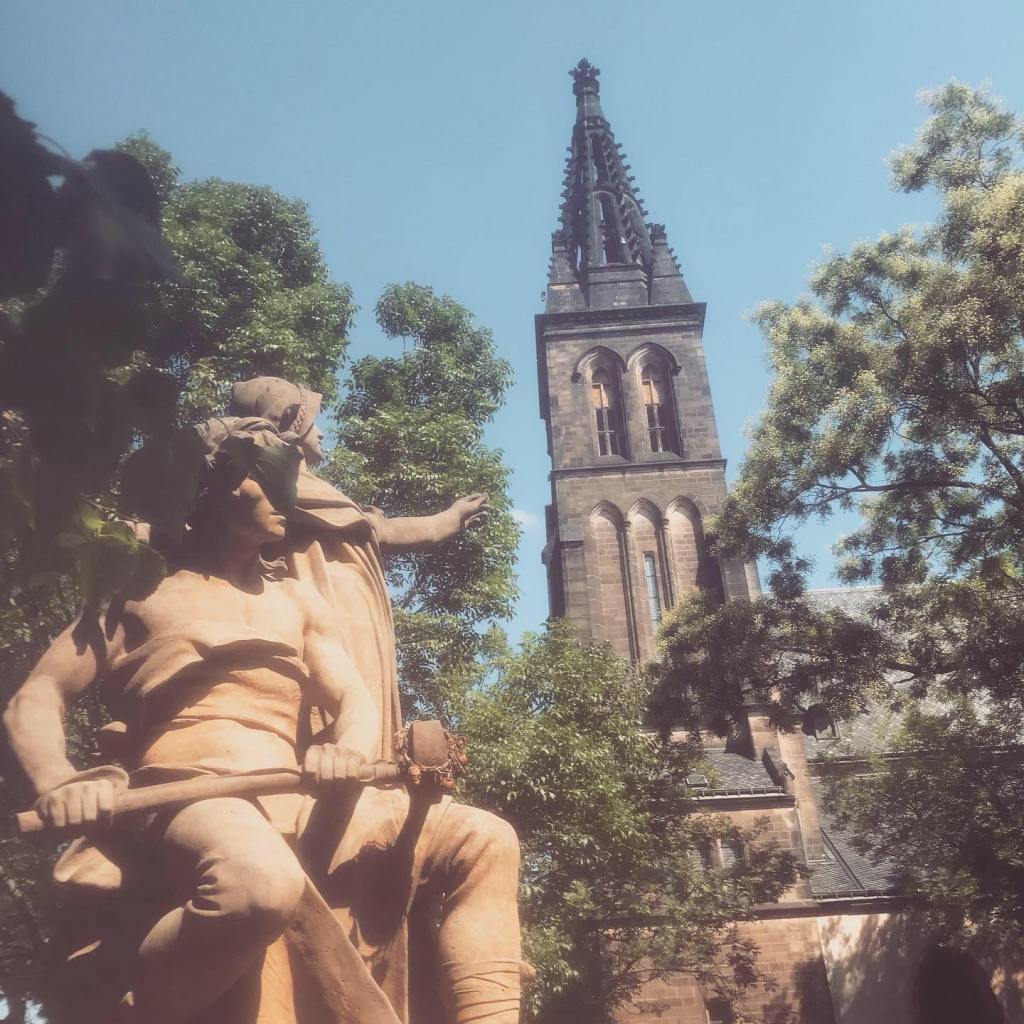
The most words and breaths by storytellers are dedicated for the youngest and the most famous: Libuše was de youngest and was gifted with seeing the future. When an oracle spirit descended on Libuše, she predicted the future for the people. Once she predicted glory to a great city, a place where “glory would touch the stars“. She described to them where and under what circumstances they should look for that place and build a castle there. Then, on her advice, they named it Prague. At other times, upon request, she advised people where to look for deposits of metals that were not available in the country. She saw many wars and hardships of the people in the future, so she sank her son’s golden cradle in the Vltava River. Better times will come when the cradle emerges. She became the next queen and established a matriarchal society. The country prospered and women gained rights and privileges. Kazi died first, Teta after her, Libuše the last. Before her death, she summoned the council members for the last time to speak to them. She wanted them to listen to her husband Přemysl and always stick to each other. Then she died.
Looking for motives in Vyšehrad
One of the places in Prague where you can find still some traces is the old castle of Vyšehrad. It is a site of the origin myth, geomorphology (it is bordered by a rock ending in the River and a big creek), many lime, ash, and acacia trees and cemeteries where dead bodies are composted back to the land. The kind of place where I like to dwell and dream (and enjoy fermented drinks). There you find also the statues of some Czech legends. I visited the place and a tourist office to get more information, not only folklore and historical facts, but also to refresh the memories of the place itself. Which trees do live there? How is the geological formation? For me, rewilding means to also foreground nonhuman actors, too, and think how stones and vegetation might have influenced and shaped the events leading to the rise and fall of a matriarchal society.
Rewilding her vision
It was a great place to rest. When I was lying on a bench, and just staring, I got an idea what a glorious rewilded Prague would look like:
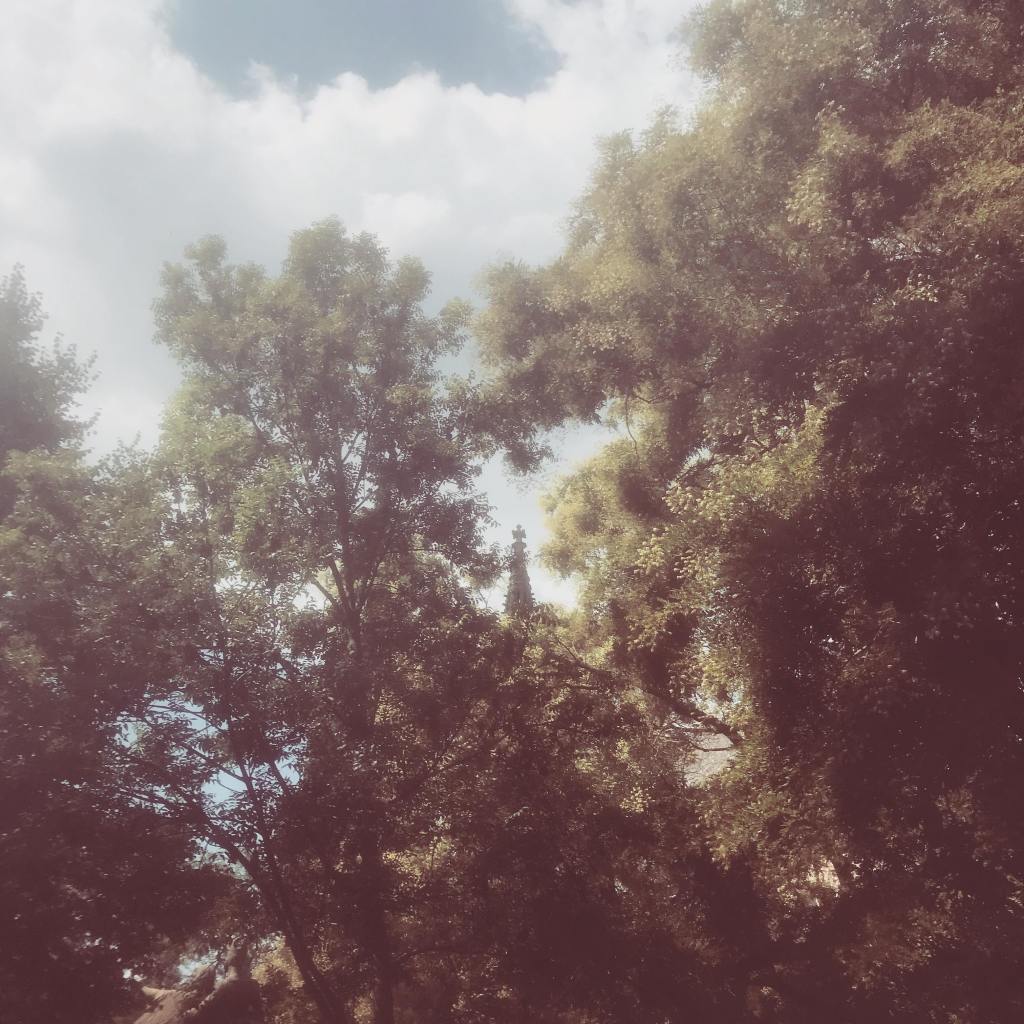
The Maiden’s War
The Maiden’s War
After Libuše’s death, her husband took over as rulers and the rights of women were abruptly curtailed. The Czech women were not so happy and declared war on men. Cosmos (the guy who wrote in the 11th century about Libuše), did not write about this at all, or at least not in details. The first records of the Maiden’s War are recorded in the Dalimil Chronicle in the 14th century. There were two camps. The king and his male warriors were seated in Vyšehrad. The women, under leadership of the fierce warrior Vlasta, occupied Děvín Castle, across the Vltava River, near Vyšehrad. The women were not so successful… They were more a laughing subject… until Sarka came in the picture.
Wild Sarka
As I mentioned in the introduction, there is a nature reserve within the boundaries of Prague that I found through location scouting for my short film project. It is named Divoká šárka, which can be translated as Wild Sarka. I got to know it when Wild Sarka was in full spring. I left Prague soon after this one year long training, but the location and its cultural significance really kept hanging in the back of my mind. It is one of the few landscapes where I have a connection with, which has a female name and a whole legend of a woman around it. When I hosted circles on ReRooting last year, I asked participants if they know female place names in Flanders and it was difficult. In Czech landscapes, it would be a less difficult landscape. One of my missions is restor(y)ing landscapes, especially in Flanders. However, here it feels less urgent. The landscapes are still shaped by the legends. So, who was she?
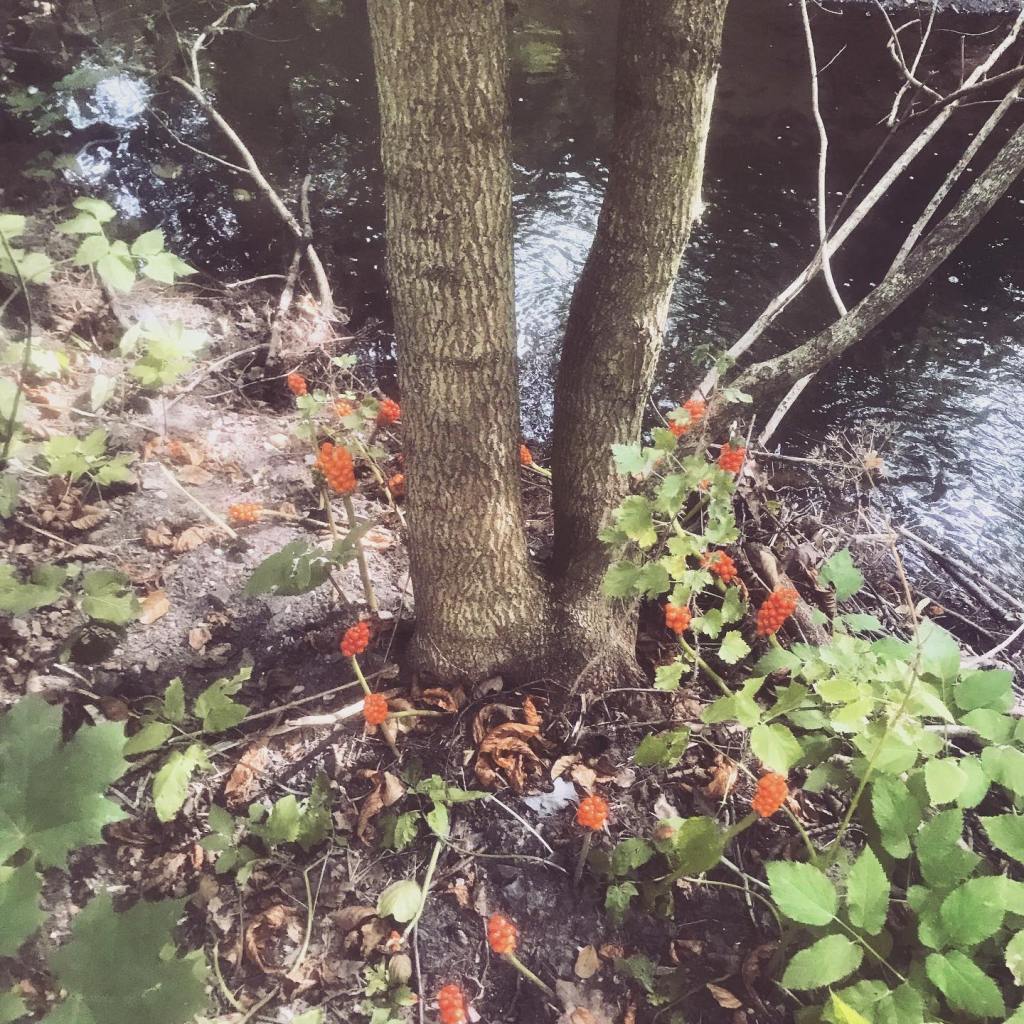
“Libuse’s right-hand woman in the war against the men was a young girl named Sarka. She decided that the best way to inflict the greatest loss on their opponents was to entrap their bravest and strongest fighter, a young man named Ctirad, using feminine wiles, and then kill him.” Sarka and Ctirad arranged a rendezvous in what is now the Divoka Sarka valley. According to the legend, Sarka then applied her feminine charms to Ctirad, with a little bit of help from some alcohol: “Sarka proceeded to get Stirad drunk with mead, which was the favourite drink of most Slavs at that time, he fell in love with her, but being drunk he fell asleep. While he lay sleeping in her arms, Sarka, so the legend says, murdered him.” The murder of Ctirad was apparently a great blow to the male opponents of Vlasta’s warriors, and for a while the loss of their greatest fighter helped the women to continue their fight, but only for a short while. In the end, the women lost the war, and a patriarchal, feudal system, under the rule of Premysl, and later on the Premyslid dynasty, was installed. Rather than surrender to the men, so the legend says, Sarka decided to take her own life, and jumped off a cliff in the Divoka Sarka valley. Today, one of the rock formations in the valley is called Divci Skok, or Girl’s Jump, as this is, according to some, the site of her suicide.” (Radio Prague International).
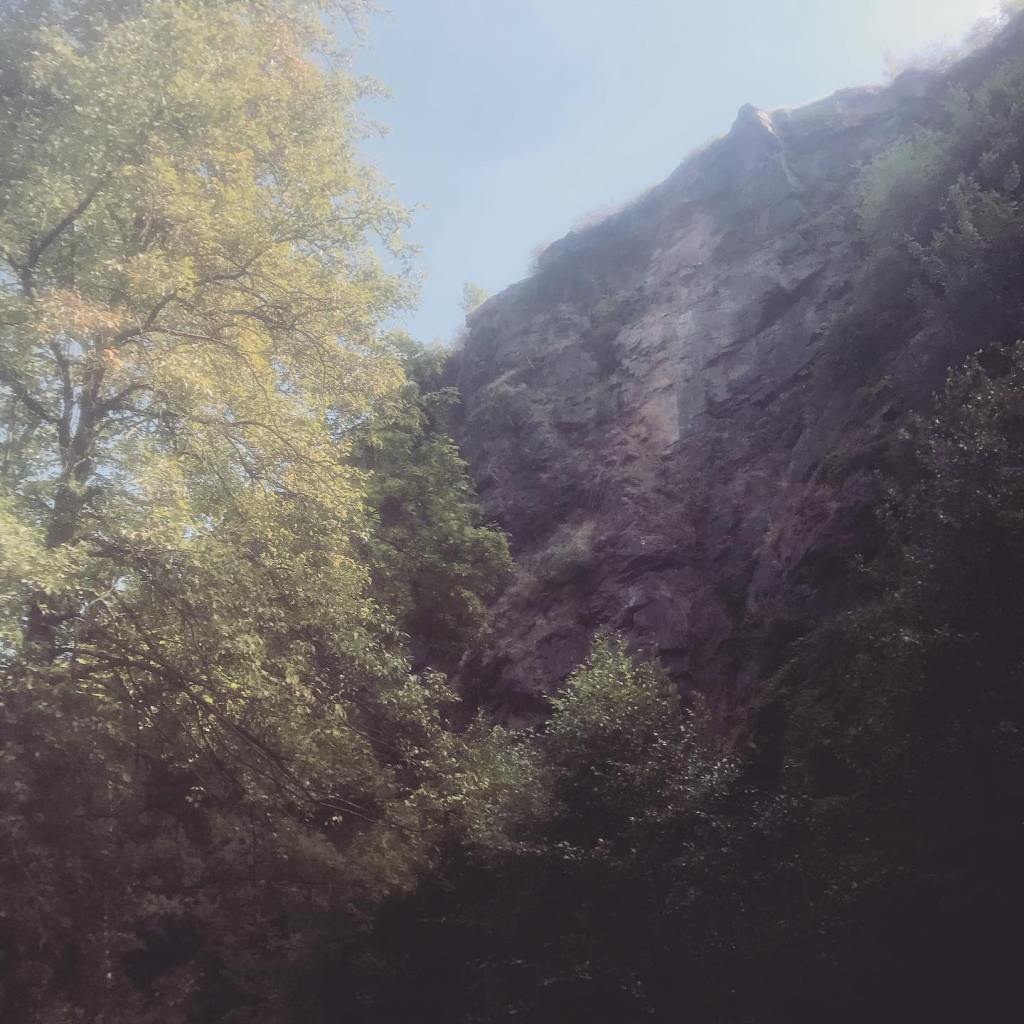
Walking in the park named after Wild Sarka, or was it the other way?
When I visited the park, I wondered what came first: the story of the Czech legendary woman or the name of the landscape. I read somewhere once that people lived in hamlets in this west side of Prague before the city actually was built. So, this place is already occupied by humans for perhaps thousands of years. Nowadays, the park is still a fairytale setting. The cliffs are there, as well rocks hidden in the shadows of trees, where you can dream of secret encounters between these figures.
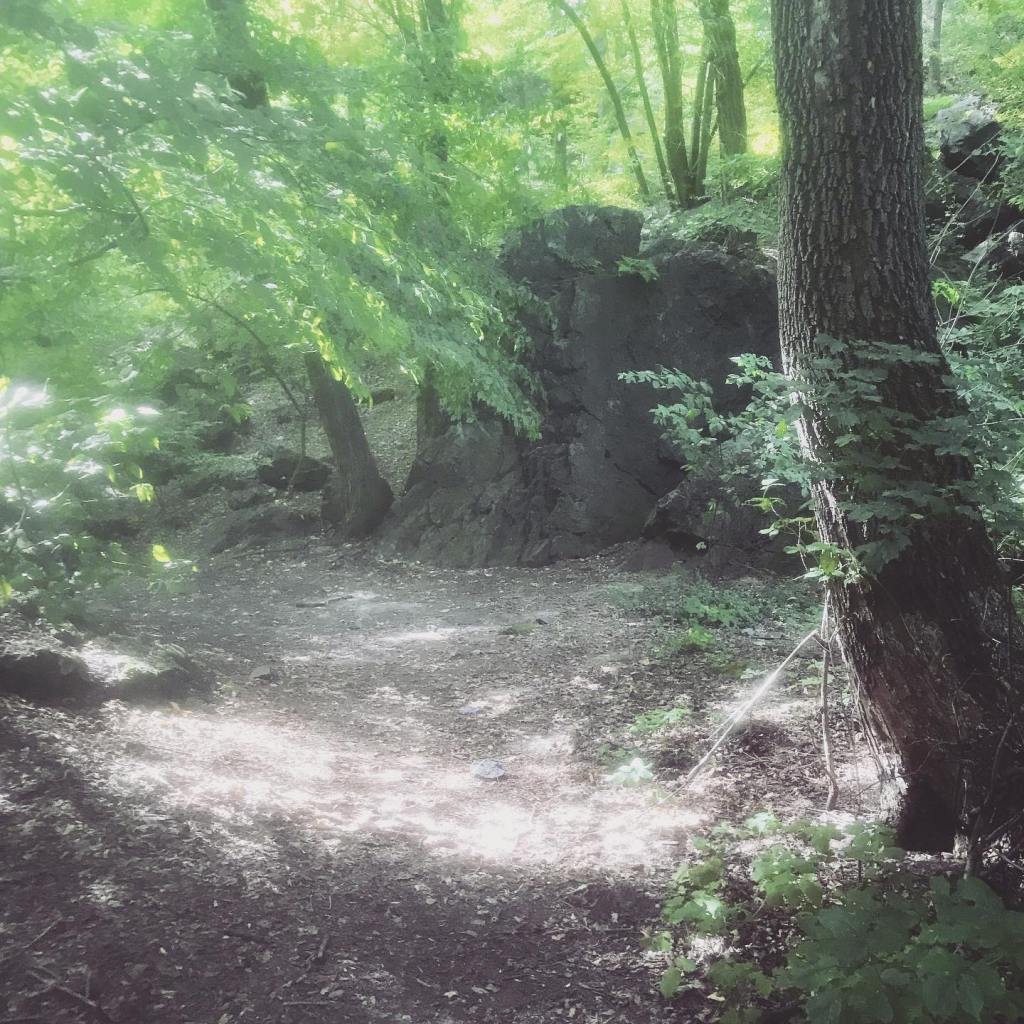
The importance of the legends for the Czech people
In much the same way as the tale of Robin Hood in Britain, Divoka Sarka has become part of Czech culture, and was used during the Czech National Revival to boost the role of Czech folklore in the Czech Lands… At the end of the 18th century, the Czech people and their language were nearly extinct, because the land was occuppied under Habsburg rule. However, when the Czechs became free, there was a big nationalist movement, and unsurprisingly for many people who studied nationalism in Europe, the folklores were dug up, or invented. Now, many people wonder which elements are true, and which not. Some sites really exist, like Vyšehrad.
Děvín cannot be found anymore, but I read in a historical book different theories where it could be, on base of ruins and clues in the stories they found in the past centuries. Also, about these legends, there are theories that say that it is based on even older stories about female warriors from other cultures (e.g. Amazons). Others think it echoes the folk memory of the pagan matriarchal society that was around, some theories we find back in ‘The Mists of Avalon‘ the fiction retelling of the Arthurian legends by Marion Bradley.
The right to retell and rewild
restor(y)ing, not needed, the landscapes are still shaped by the legends,
Do I have the right as visitor to retell/rewild a Czech legend?As you sense, so many elements for ecofeminist messages… I need to study the landscape history, more with an ecocritical lens,
These legends and landscapes have so many elements for a nice ecofeminist retelling. However, it would be a challenge to work with a story that is not about the rise, but also of the fall of a more ecofeminist society. Some retellings in the time of the Czech nationalist movement are even less feminist, where they let Sarka made fall in love with Ctirad and committing suicide because of a broken heart for a man, instead of a broken heart for the fall of a more equal society. All who studies folktales and how they evolve, know that the retellings are calibrated in the ever changing landscapes and cultures. If I want to retell, and want to calibrate it in the ecofeminist-informed crises I observe, I have to weave probably a contemporary story in this old legend to give more hope.
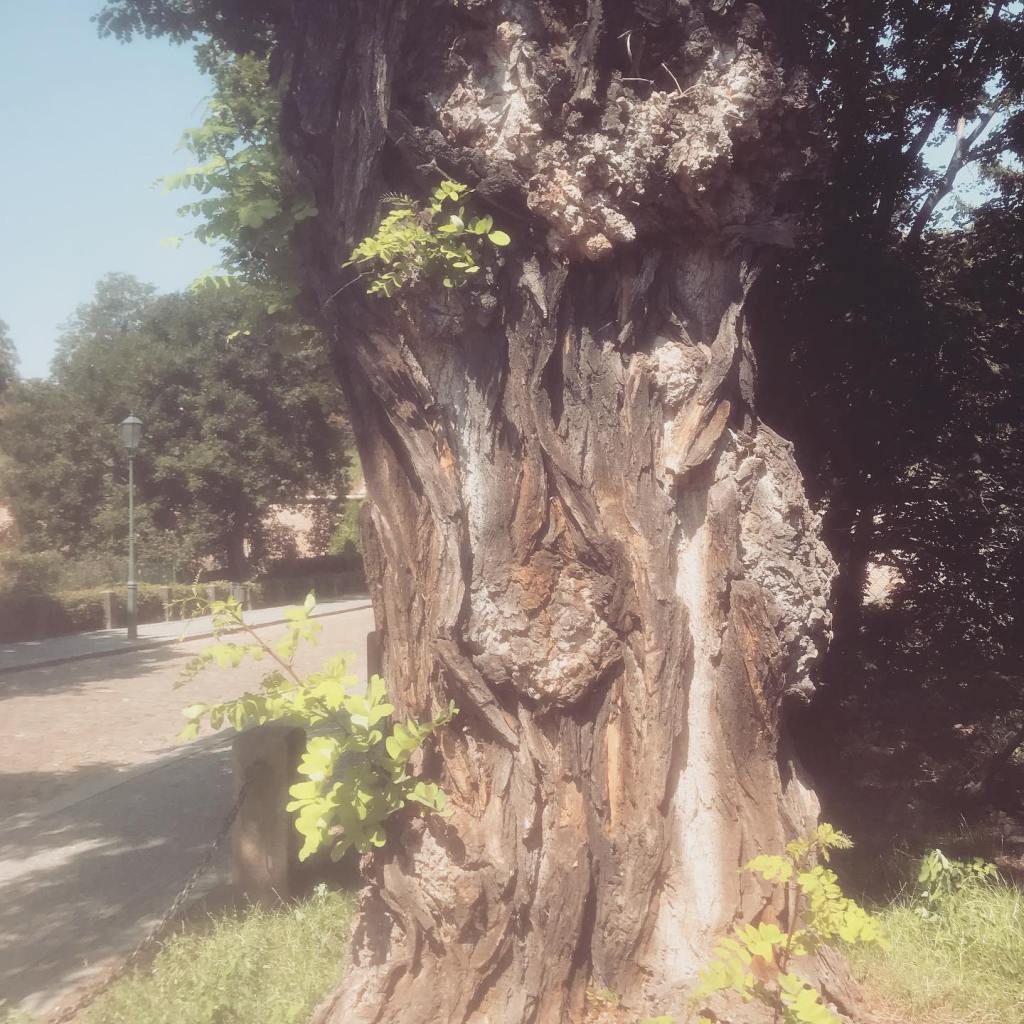
I am not a Czech person and I am aware to reflect enough when I would embark on a new writing project. I was a temporary resident, once, and Prague echoes in me. So, that gives me already a bit of right. I have rooted long enough… did I? On the other hand, perhaps this whole discussion is not needed. There are many contemporary writers who retold stories of other cultures. For example Madeline Miller did a magnificent retelling of the Ancient Greek legends on Circe, or Katherine Arden worked with a mix of medieval Russian history, Russian folktales and fiction in her amazing ‘Winternight Trilogy‘. Many centuries passed, so a lot of knowledge are eroded, making place for fiction and imagination, and this can be filled by everyone, who did their research. I am still collecting information and will not embark on this project yet, but for me it would be important that the reader can sense I know the land.
Last note. How was it to be back in Prague?
It has been more than 9 years ago I visited Prague. I did not feel nostalgic as I had expected to be. Many memories came back, pleasant and some shameful ones, but they did not drag me back to the past. It was like puzzle pieces fitting in, but some puzzle pieces were “wrongly remembered” or not there anymore. So, these feelings rooted me in the presence.
However, I also did not experience this city as new. My feet and mind knew which streets to take. It did help that my hotel is in the same street where I had my first apartment. For the people here who lived in different places: how does it feel for you to be back -after time- in a place where you have rooted once?
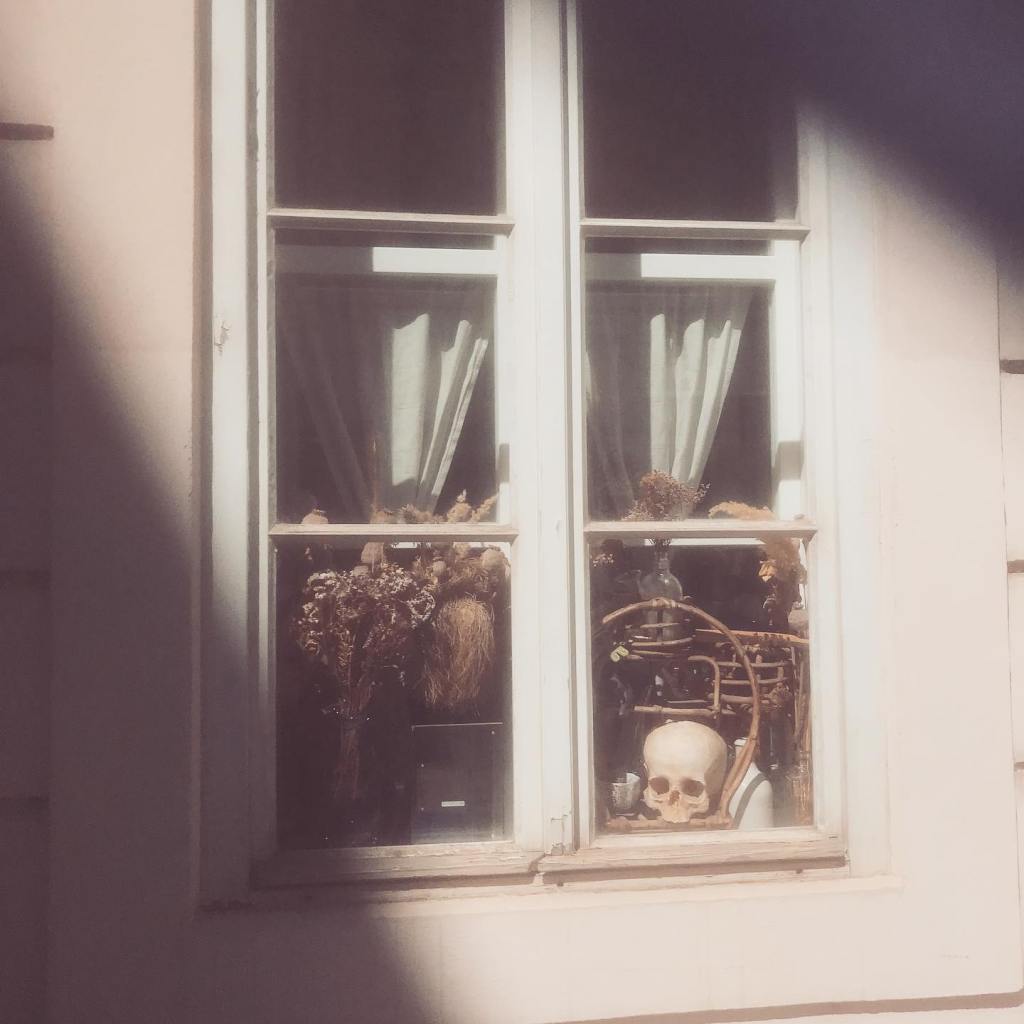
Sources:
- Hodges, Kate. Warriors, Witches, Women: Celebrating mythology’s fiercest females. White Lion Publishing, 2020.
- Radio Prague international, website, accessed in 2022
- Translated Czech wikipedia pages on Libuše‘s two sisters (I wanted to give them a bit more attention than English literature does)
- Memories of reading here and there something about the legends